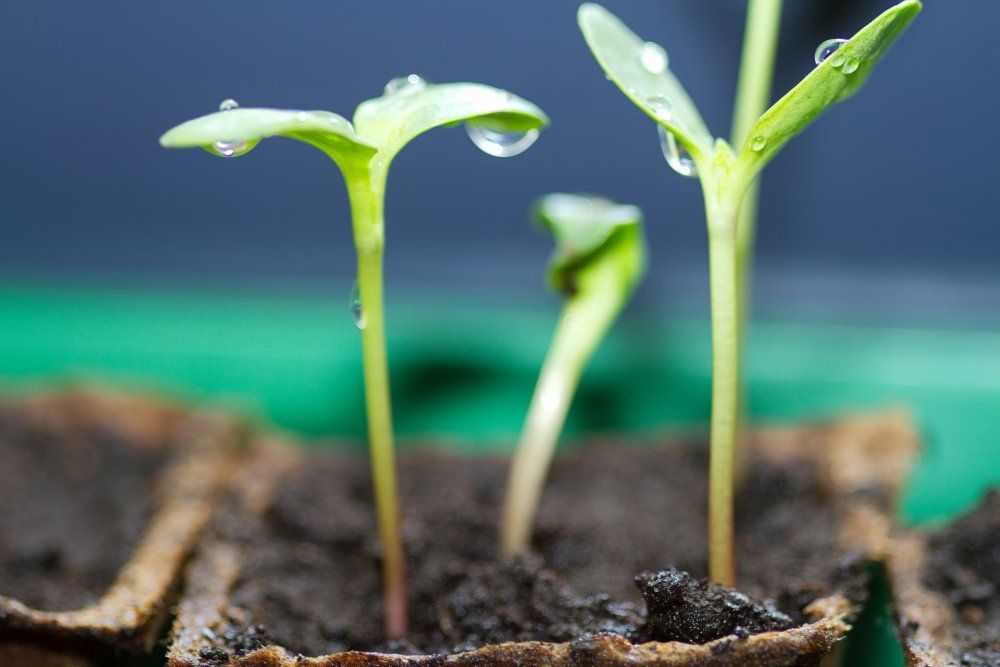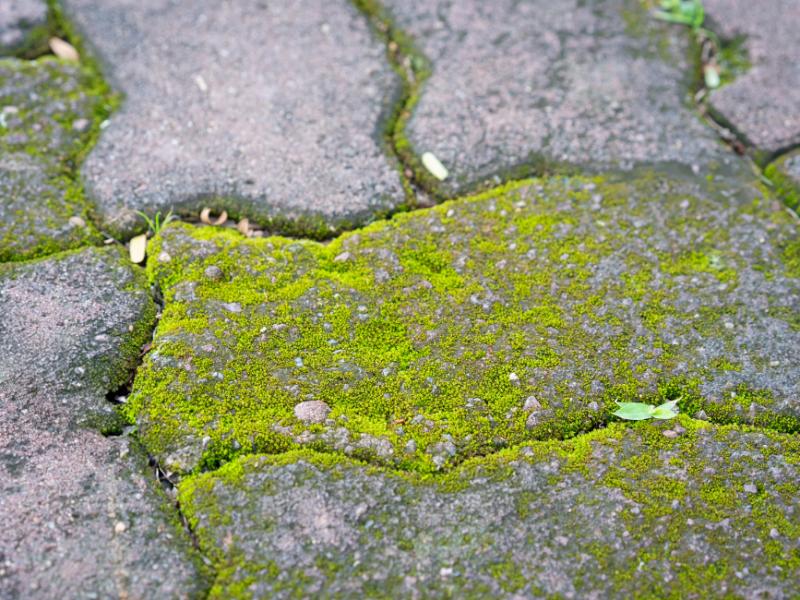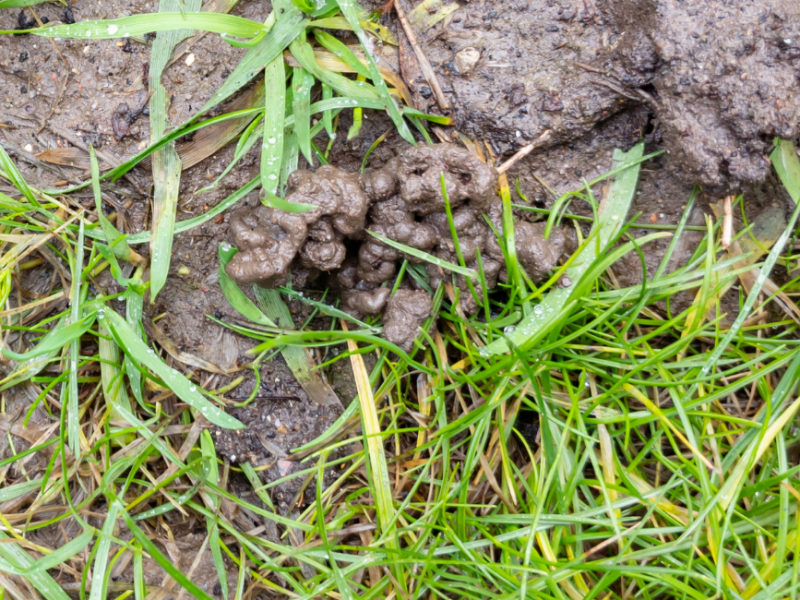Plant propagation refers to growing new plants through either sexual or asexual reproduction. The former type refers to the flowering, pollination and fertilisation that happens with a mother and father plant in nature. This will create a brand new plant with similar, but not identical, characteristics to the parent plants. The seed formation from this type of propagation can then be planted and a new plant will grow. Asexual propagation is also known as vegetable propagation and can be done with just one parent plant. This can be done in various ways and will create a clone of the original ‘mother’ plant. Spring is a great time to propogate plants.
Why Propagating Plants is Useful
There are many benefits to this aspect of gardening. The main reason you might want to do it, is that you get more plants for free! Growing new plants from ones you already own is a great way to expand your garden without having to spend any more money in garden centres. Either take cuttings or clippings from friends or from the plants in your garden.
Sexual propagation is also great for developing types of plants with the opportunity for the offspring to have improved characteristics. This genetic variation allows the plant to get stronger and healthier as more generations grow. Some plants can only be propagated in this way and it gives the opportunity to grow new, hybrid plants that haven’t been seen before.
How to Propagate a Plant
You can multiply a plant on a larger scale through asexual propagation, which creates cloned versions of the original plant you have taken the sample from. This can be done in a number of ways, depending on your level of expertise, the type of plant and how much time you want to put into the activity. This uses the vegetative parts of the plant, such as the stem, leaves or roots. The most common methods of doing this is with cuttings, division and layering.

Cutting
Taking a cutting means cutting off a section of the original plant in order for it to regenerate into an entirely new plant. Use a sharp knife to do this, so that you do as little damage as possible to the parent. Make sure to cut below the node, which is where the leaf meets the stem. Once you have your cutting, remove any buds or flowers and dip the severed end into a rooting hormone. Then place the cutting into a rooting medium, such as coarse sand or soil. Keep it moist but not too wet, so that the roots don’t rot. You can take a cutting of a leaf, stem or root.
Division
This involves splitting or cutting a plant into smaller sections to then replant. A few days before doing this, make sure to water generously to make the division easier. Dig around the plant and pull it out of the earth. Pull apart the plant if it is easy enough to do so, but if not use a sharp knife. Place the sections back into separate pots, add water and mulch.
Layering
With layering, you don’t have to cut or sever any part of the existing plant. Simply take a stem or branch and bury part of it in the soil, and leave until new roots and shoots start to grow. This is usually very successful as the new growth can take water and nutrients from the mother plant. Once the new plant has propagated, cut it from the original and plant in a separate pot.
What to know more? Read our blog on spring lawn care or even tips on choosing the best lawn mower.





